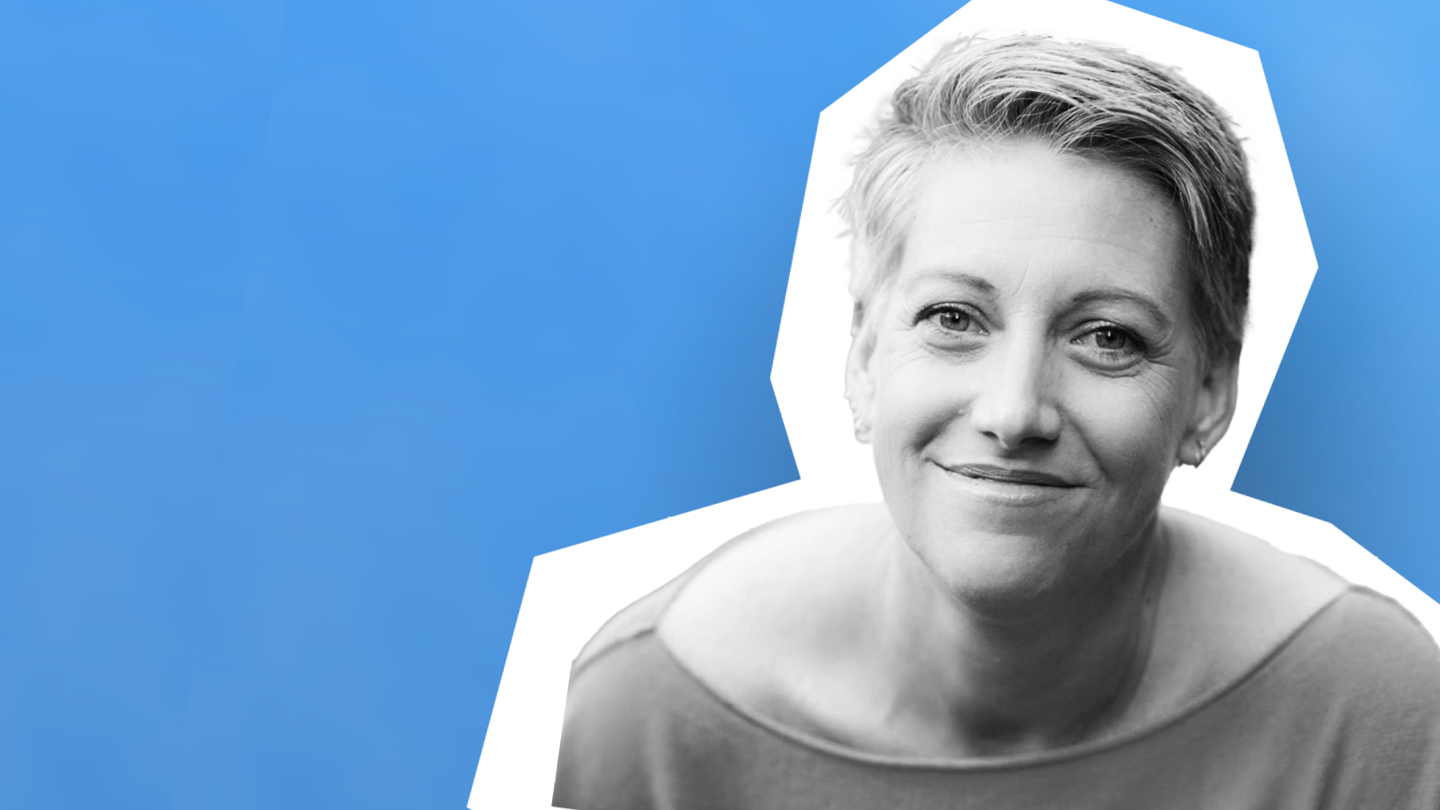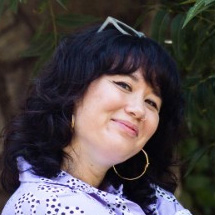Have you ever met a “marketing activist?” That’s what Lindsay Dayton LaShell considers herself. Not only that, she’s also created a business model that she calls the “Blue Apron” of marketing services.
Lindsay is the founder of Open Lines Marketing (formerly Diamond + Branch), a consultancy that helps purpose-driven clients implement her self-developed framework and choose where to invest their marketing resources. The Open Lines Marketing Framework is tool-agnostic and can be used by companies or brands in any industry.
“Clients take my ingredients and recipes and then do their own marketing from there. The framework frees them up to worry about the real problems they’re trying to solve,” she says.
This model also allows Lindsay to rise above the negative ways marketing is used.
“The day I realized that I could take marketing, which has been and is still used for so much exploitation and manipulation, and view it as just a tool that I could use to increase opportunity, access and all the things I’m passionate about — that got me really excited.”
Defining Marketing Activism
You don’t hear many people calling themselves “marketing activists,” but Lindsay coined the title because calling herself a consultant didn’t fully reflect the work she’s doing. “I want to see organizations that are trying to make a difference in the world or whose success leads to more justice and sustainability — I want to see their marketing be easy and successful.”
Lindsay’s background in startups and agencies led her to value efficiency, thoughtfulness and empathy when it comes to marketing. She also learned other lessons in the late 1990s as Web 1.0 was happening, notably having a front-row seat to white male privilege. “I found it really gross, and I got idealistic and went back to school for a teaching credential,” she recalls.
During her time as an elementary school teacher, Lindsay continued educating herself on white privilege and related topics. When she was recruited back into technology — citing low teacher pay as a major factor — she knew she wanted to do more than mindlessly make money for others, but she didn’t have a clear vision of what that would look like.
So she moved around between tech companies, startups and marketing agencies before opening up her own agency, Diamond + Branch.
“It was wonderful,” she says. “I finally got to do this thing where we did marketing, but only for orgs that we’d be proud to see succeed. We worked with a lot of women founders, nonprofits, cool shit like that.”
Finding Opportunity in Challenging Situations
The pandemic clouded the future of Diamond + Branch. As Lindsay pitched companies on her services, she found that they no longer wanted a full-service marketing solution but instead were just looking for a plan they could act on themselves.
That’s where she saw the opportunity to pivot and rebrand as Open Lines, where she focuses exclusively on teaching and implementing her framework.
“The big takeaway from that experience was that, as an entrepreneur, you have to be super-committed to what you’re doing because it sucks. It’s hard. You have to be confident,” she says.” Failure lurks everywhere, Lindsay adds, but the key is “recognize when you might be seeing something new, an opportunity that might take you off the path you’re so comfortable with.”
Though Lindsay was proud to hire employees at Diamond + Branch and provide fair compensation, she also realizes that being a job creator is not the only way to empower others.
“I realized that helping other entrepreneurs be successful, whether they call themselves freelancers or consultants or whatever they want to be called, is the same thing as being a job creator,” she says. “I’m empowering people — especially women — to live the life they want under their own rules. What could possibly be more rewarding than that?”
Bringing Empathy to Marketing
Empathy is central to everything Lindsay does. “When I work with clients to help them adopt my marketing framework, sometimes half of the time we spend together is focused on their audience. It’s not just who your people are and what makes them tick in a vacuum. We spend time looking at the landscape, who else is offering what you are, how you differentiate yourself and thinking about the customer journey.”
Lindsay centers the customer journey because that informs how her clients will present themselves. “Your audience cares about different things when they’re on your newsletter vs social media vs your website,” she explains.
Not every business needs to be on every platform, either. College students aren’t as likely to open emails, and many businesses have no reason to be on Instagram. The key is understanding your audience and why they are engaging with you.
“Without that process, it can feel so overwhelming and terrifying because there’s so many places you could have a presence, and there’s this feeling you need to get it ‘right’ when the truth is, you don’t have to be everywhere to be successful,” Lindsay says.
Sometimes the important work for Lindsay is helping people give themselves permission to not do something.
Seeing Content Marketing as a Japanese Garden
If you’ve never been to a Japanese garden, picture this: Wide, flat, geometrical pathways made of poured concrete or finely milled stone branch out across a landscape. Every so often, there are stepping stones. The stones are set at different levels and are rougher than the pathways. They force you to keep your eyes on your feet so you can be sure you’re on steady ground at all times.
When you reach the end of the pathway, you’re rewarded with an incredible vista. In Japanese, this setting is called “miegakure,” which translates to “hide and reveal.” How does this relate to content? Well, this is the exact metaphor that Lindsay gives her clients.
“The view is there the whole time, but because your eyes are on your feet, you don’t see. I tell my clients their content should be those stepping stones, where people think they’re just taking another step in their own journey,” Lindsay says.
Being a content marketer in this context is about being patient, Lindsay says. Rather than rush to solve problems, create a pathway that anticipates your audience’s movements. “Then you can lay out the stepping stones in such a way that when someone gets to the end of the pathway, you’re the easy and obvious solution for them because you’ve built all this trust along the way and answered all of their questions.”
Marketing is a long game, where what you do today will set you up for success tomorrow. “Marketing isn’t a tap you can just turn on,” she emphasizes. “You have to do it consistently — and well — for it to generate the business and success you want.”






